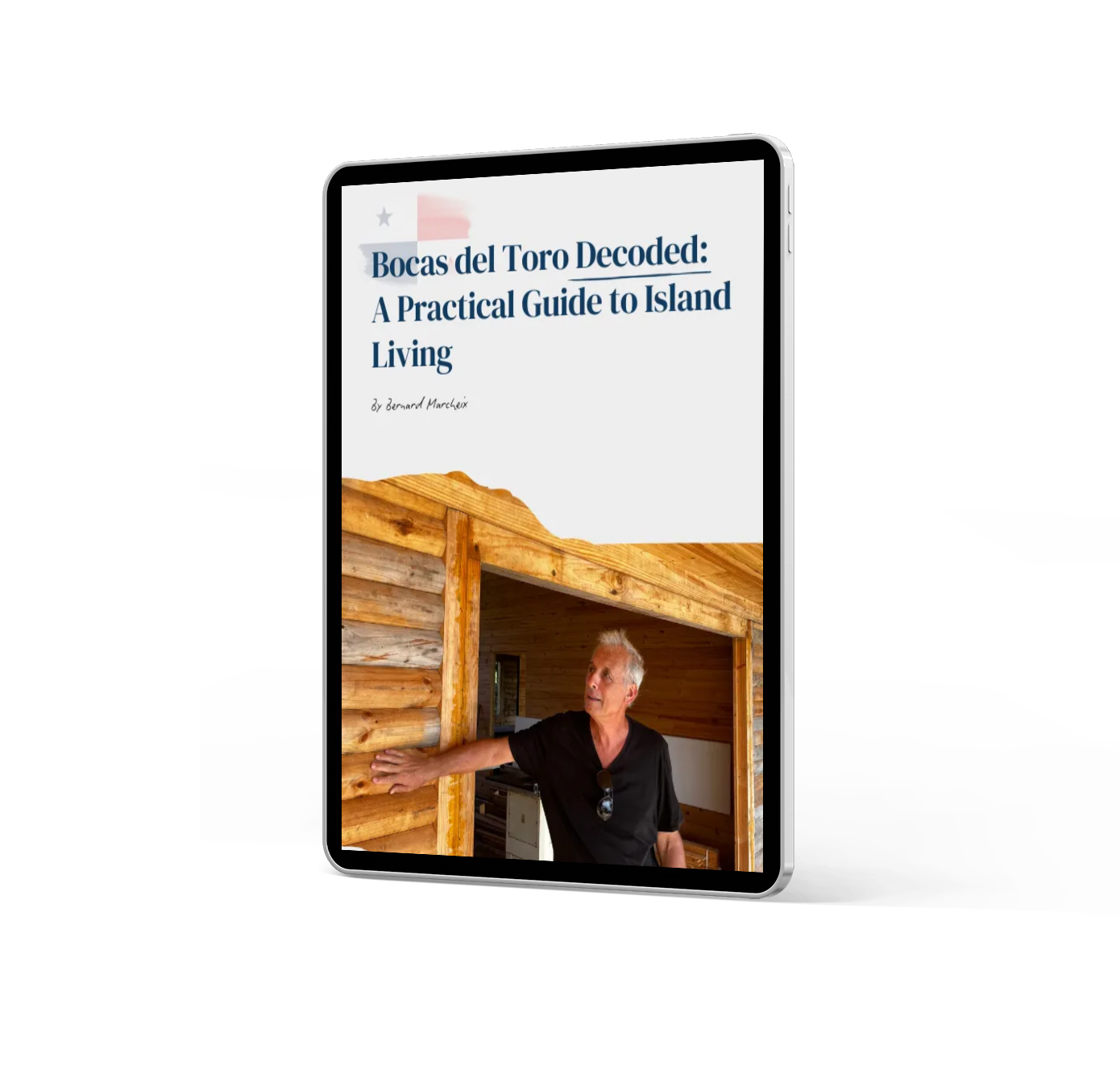Proper ventilation is key to cooling your Bocas del Toro home, but it comes with challenges like increased humidity and insects. Learn how to design your roof and wall openings for optimal airflow, plus tips for controlling moisture with air conditioning—whether you’re on-grid or off-grid—while managing wind exposure and coastal conditions.
I mentioned earlier how ventilation in roofs ( Which roof to choose for a tropical climate? ) can effectively lower the temperature inside the house. This principle can also be applied to the tops of walls, just before the roofing begins. Be sure to observe the prevailing winds in your area to create openings on the windward side and the leeward side to encourage air circulation.
However, these ventilation options come with drawbacks, such as increased humidity in the air, which can be more or less salty, potentially leading to mold in your interiors, as well as the entry of insects. The solution is air conditioning, which can help to keep dry the space. This is feasible if you have access to city electricity; if you’re off-grid, you’ll need a substantial solar system or a generator.
Wind exposure will also contribute to ventilation. While strong gusts are not common in Bocas del Toro, too much exposure can sometimes cause discomfort. A sudden gust can create anxiety for sensitive individuals, and excessive wind can stir up the sea, causing swells that toss your boat at the dock. For locations facing the Atlantic, the surf on the beach or cliffs can be loud, with salty spray carried by the wind infiltrating your home, accelerating the corrosion of your metal overhangs and potentially creating daily noise disturbances.



